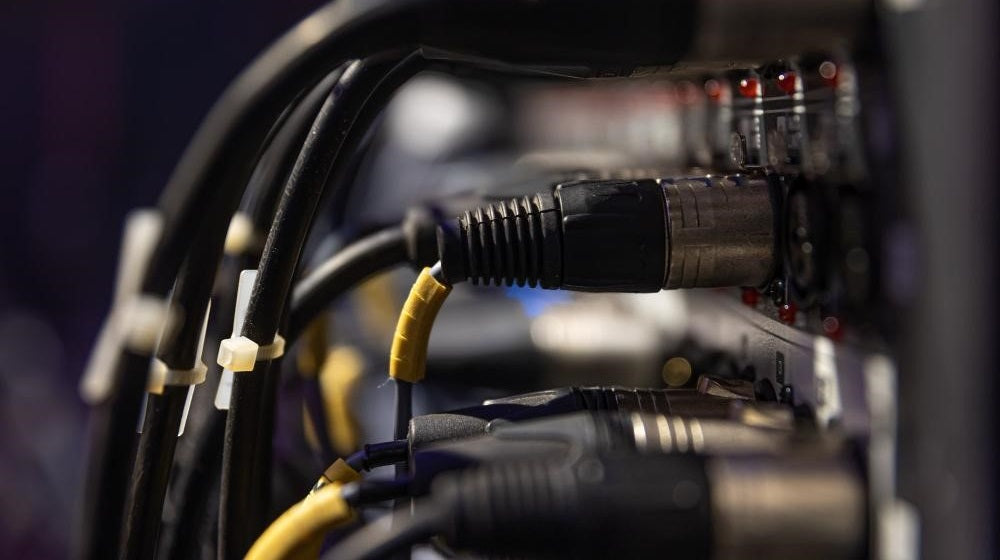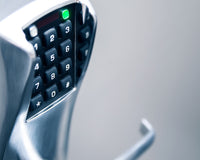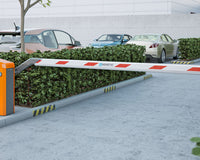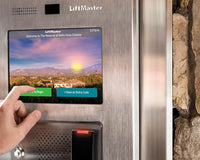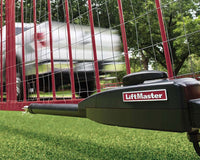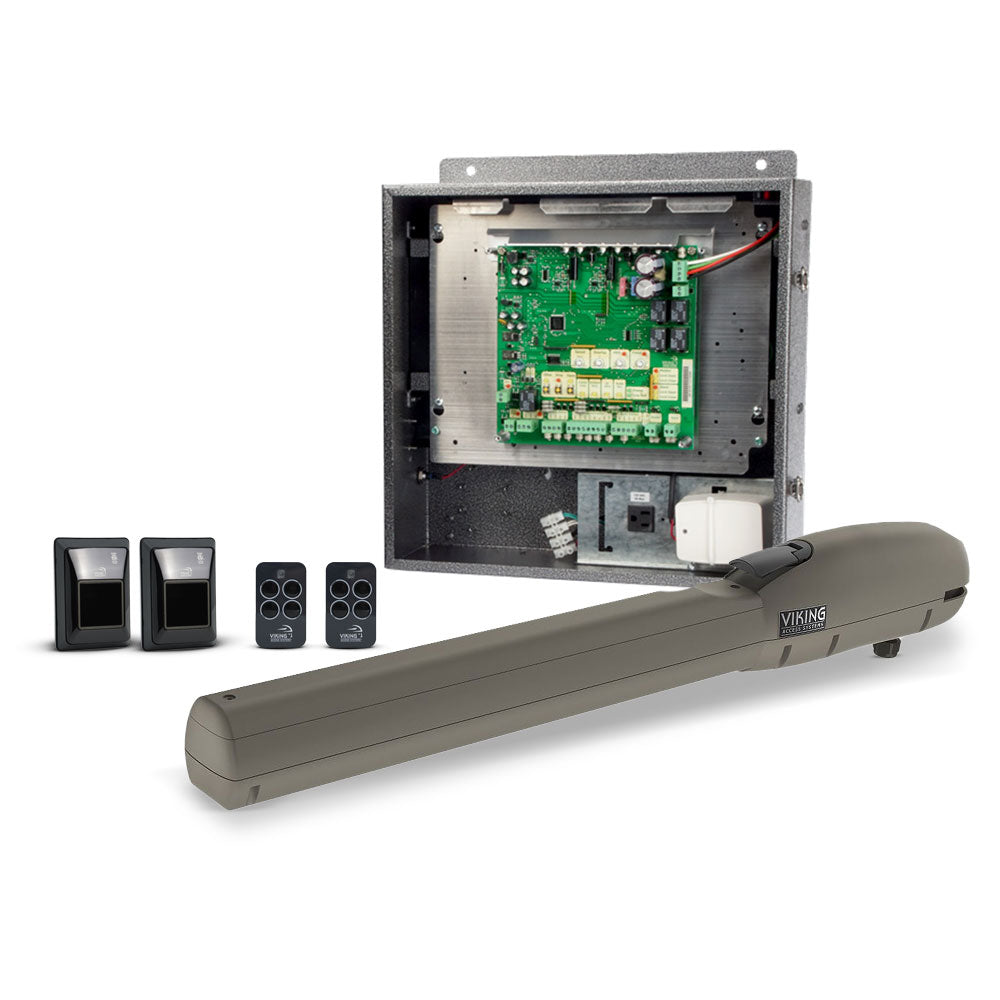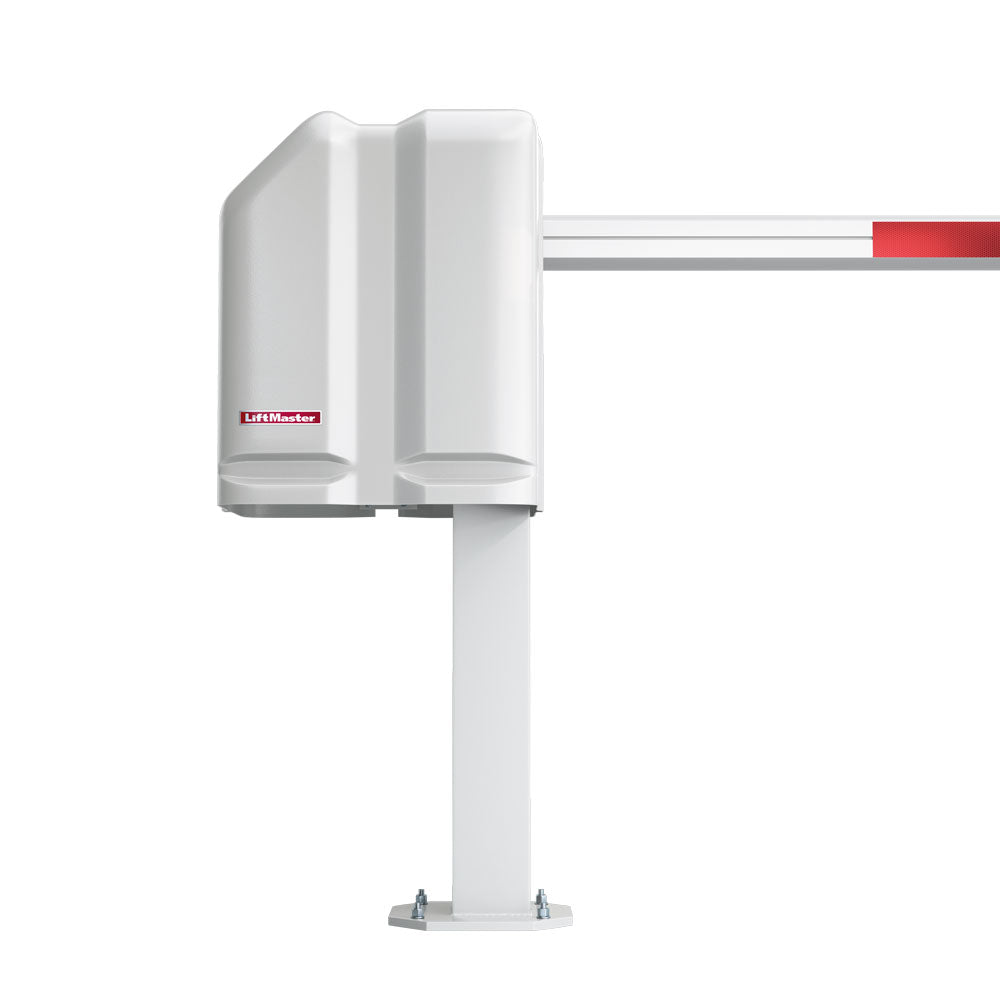The power, signal, and interference shielding in CCTV surveillance cameras lies in the hands of the coaxial cables. These may not be your top priority in a security system, but investing in the appropriate cable type and coaxial cable sizes matters.
Coaxial cables, or coax cables, are RF cables that transmit high-frequency signals or data. They are used as transmission lines for sending radio frequency in radio and televisions. They were also used for Ethernet connections until they were replaced by advanced cables.
Identifying Coaxial Cable Sizes
Coaxial cables are non-metallic fibers made of an inner insulated core enclosed in flexible wire braids and shielding. They come in different types that vary in size and characteristics for various needs.
The gauge, or cable thickness, is measured by radio guide (RG) numbers. Coaxial cable types are identified by two letters and number/s. RG stands for Radio Guide, and the number denotes the diameter.
High RG numbers mean thinner inner conductors and may also mean limited signal quality. However, these coaxial cable conductors work best in cable TV and broadband signal distribution.
Coax cables are the most reliable coaxial cable type for transmitting analog data and are also the most inexpensive. RG6 and RG59 are the best coax cables for CCTV systems. They can run for long distances without significant video loss.
Benefits of Larger Coaxial Cable Sizes
Coaxial cables are easy to wire and install and can be placed adjacent to metals without losing their power. It is possible because the inner and outer conductors protect the electromagnetic field that carries the signal.
There was a time when BNC cables were used in analog security cameras and recorders. BNC cables, while similar, were also smaller than standard coaxial cable sizes. The cable size was seen to reduce the effectiveness of the security devices, so they were eventually replaced by modern coaxial cables and ethernets.
You can use coax cables of varying sizes, but here’s why choosing the larger ones can make a difference.
1. Better Signal Quality
The size of the center conductor and other components of the coaxial cable can affect the wavelength of the data that passes through the cable. Technically, the thicker the inner conductor, the stronger the signal that the cable can handle.
Thick coax also has high signal transmission capacity, which is necessary when transferring data to the recorder. They tend to have more conductive strands than thinner coax, enabling them to handle voltage drops better.
2. Excellent Shielding
Larger coaxial cable sizes are made of solid or stranded wire conductors surrounded by a copper shield and thick dielectric material. The conductive copper shield is excellent in attenuating magnetic waves to protect the cable from interference.
The dielectric material can be a plastic or foam insulating sleeve that provides extra shielding against electromagnetic interference (EMI) and radio frequency interference (RFI) for optimum signal integrity.
3. Lower Signal Loss
The increased coaxial cable sizes and shielding are beneficial in data transmission, even at long distances. It can handle high-resolution video footage and prevent degradation of its quality over the cable length.
Large cables also have low impedance or resistance that makes it easier for the waves to travel. The impedance rating of large coax cables for security systems is 50 or 75 ohms. These impedance ratings provide balance in power handling and signal loss.
4. More Durable
With their thickness and size, large coaxial cables are robust and durable. They can withstand harsh weather conditions, making them applicable even for outdoor installations.
Large coaxial cables may resist heat damage from overexposure to high temperatures, physical wear and tear, and water damage. This not only assures reliable performance but also guarantees extended service.
5. More Cost Effective
RG6 and RG59 are some of the most inexpensive cable assemblies that can be used to wire an analog camera security. They are more affordable than fiber optics but deliver undisputed data quality. Aside from the initial cost, large coaxial cables are also long-lasting and reduce the need for constant connection re-wiring.
Best Large Coaxial Cable Sizes to Try
Analog CCTV surveillance systems are the most secure when it comes to data privacy and security. They operate in a closed-circuit system making them less vulnerable to external attacks and security breaches.
If you are looking for the best coaxial cables, here are some of the larger coaxial cable sizes that are ideal for an analog connection.
All Security Equipment has got you covered if you are looking for these RF coaxial cables, connectors and other accessory needs.
RG6 Coaxial Cables
RG6 is a heavy gauge cable with a thick insulator and shielding layers and a copper conductor of about 18 AWG (American Wire Gauge). It transmits both audio and video signals and offers higher bandwidth and long-distance capacity.
It is the best option for a high-definition camera system and cable television because it slows down video degradation on long cable runs. The RG6 coaxial cable uses F-type RF connectors and may also require an 18/2 low-voltage wire for the power connection.
RG59 Coaxial Cables
RG59 is made of a 20 AWG copper inner conductor with single braided shielding. It is best for short-distance runs and can handle moderate signal levels without significant signal loss or compromised video quality.
RG59 is ideal for frequencies below 50MHz that the RG6 cannot handle. This coaxial cable is also compatible with F connectors and BNC connectors.
RG 59 Siamese Cable
The RG59 Siamese, such as SCP, is the standard for analog security systems, providing both the power cable and coaxial cable in a single setup. RG59 coaxial cable alone will need an 18-gauge low-voltage wire. With the RG59 Siamese, the power line is included in a separate insulated cable jacket, which can be connected directly to the power supply.
Premade Siamese Cables
The premade Siamese are pre-assembled, which means they come with BNC connectors and are cut to a specific cable length. It is a more convenient option for DIY installation as long as the distance is properly measured.
Premade Siamese is relatively inexpensive compared to bulk cable options. They are popular for residential analog CCTV cameras and HD over coax cameras.
Coaxial Cable Connectors
The overall coaxial cable assembly, including its accessories, may help improve the reliability and effectiveness of the surveillance system. Coaxial cables require accessories like cable connectors to facilitate an efficient and seamless setup.
The most commonly used RF coaxial cable connector types are:
- F-type connector
- BNC connector
- SMA connector (Sub-miniature version A)
- SMB connector
- Microcoaxial connector (MC), Micro Coaxial (MCX Connector) and Micro Miniature Coaxial connectors (MMCX)
- N connector
- TNC connector
- RCA connector
- QMA connector
The F connector and BNC connector are the most suitable for security camera connections. RCA connectors may be used in some RG59, but they are less common than BNC.
If you are ready to get the right coaxial cable for your security camera, visit All Security Equipment. Contact our technical support for more information on our products and other services.

